|
Core Koala Habitat, Koala habitat Restoration areas, family homes and prime agriculgtural farms are to be cleared for the proposed new Toowoomba North South Transport Corridor.
This new major road from Geham to through to Gowrie Junction and onto Toowoomba is mapped through the essential Bunya Biolink Wildlife Corridor. This region is mapped as core koala habitat and is of high environmental significance. Not only will koala habitat be removed, many families will lose their homes, some of which have only just built and moved into them in the Leahy road area in Kleinton. FAMILY HOMES TO GO FOR NEW ROAD: https://www.abc.net.au/news/2023-07-17/toowoomba-transport-corridor-homes-threatened-consultation/102601692?fbclid=IwAR2pXkgA5C7FAgrv-b3isvy9AfRg9CSIloevOhwkWa4x39UVXcmB0hdc3oE
HAVE YOUR SAY BEFORE 11 AUGUST 2023: SELECT THE INTERACTIVE MAP
https://www.yoursay-projects.tmr.qld.gov.au/toowoomba-ns-transport-corridor?mibextid=Zxz2cZ&fbclid=IwAR2eYXts2v0pxmPGFE5PShW-01wVLKQjKstCA6v3lq5IYbSDj3amEP5eZ1Y
0 Comments
Land for Wildlife is a free, voluntary, non-binding program that encourages and assists landholders and community groups to protect and restore habitat for wildlife on their properties. The program provides valuable services including technical advice and resources, educational activities and events and incentives and environmental funding when available. We are thrilled that the Toowoomba Regional Council has reinstated this wonderful program.
Bush blocks, farms, schools, golf courses and commercial properties are all eligible to join Land for Wildlife. There must be a willingness to protect and improve at least part of your land for nature conservation. In addition to size and vegetation criteria, other factors affect eligibility including connectivity, presence of threatened species, habitat for threatened species, waterways, educational or broader community values. For more information or how to apply please visit: https://www.tr.qld.gov.au/environment-water-waste/trees-plants-wildlife/living-with-wildlife/15153-land-for-wildlife The Toowoomba Region Koala Count is returning this November 2022 for the start of the local koala breeding season. Observing koala populations in the Toowoomba region will help researchers and conservationists understand the extent of the endangered species across the region. This event is organized by the Darling Downs Environment Council and the Save Mt Lofty Group. You can become involved by becoming a spotter, or by learning more by following along in the inaturalist app or getting involved in the other suggestions in the images below. Simple instructions on how to get involved:
If you haven't managed to see a koala in the wild, you can still participate and view others records in the project, comment and educate yourself on the areas that koalas can be found. If this is all a bit too hard, please forward your koala sightings on to Toowoomba Koala and Wildlife Rescue either by messenger on facebook, email or text to 0458 155 177 and remember to include location and date and we will upload your sighting for you. 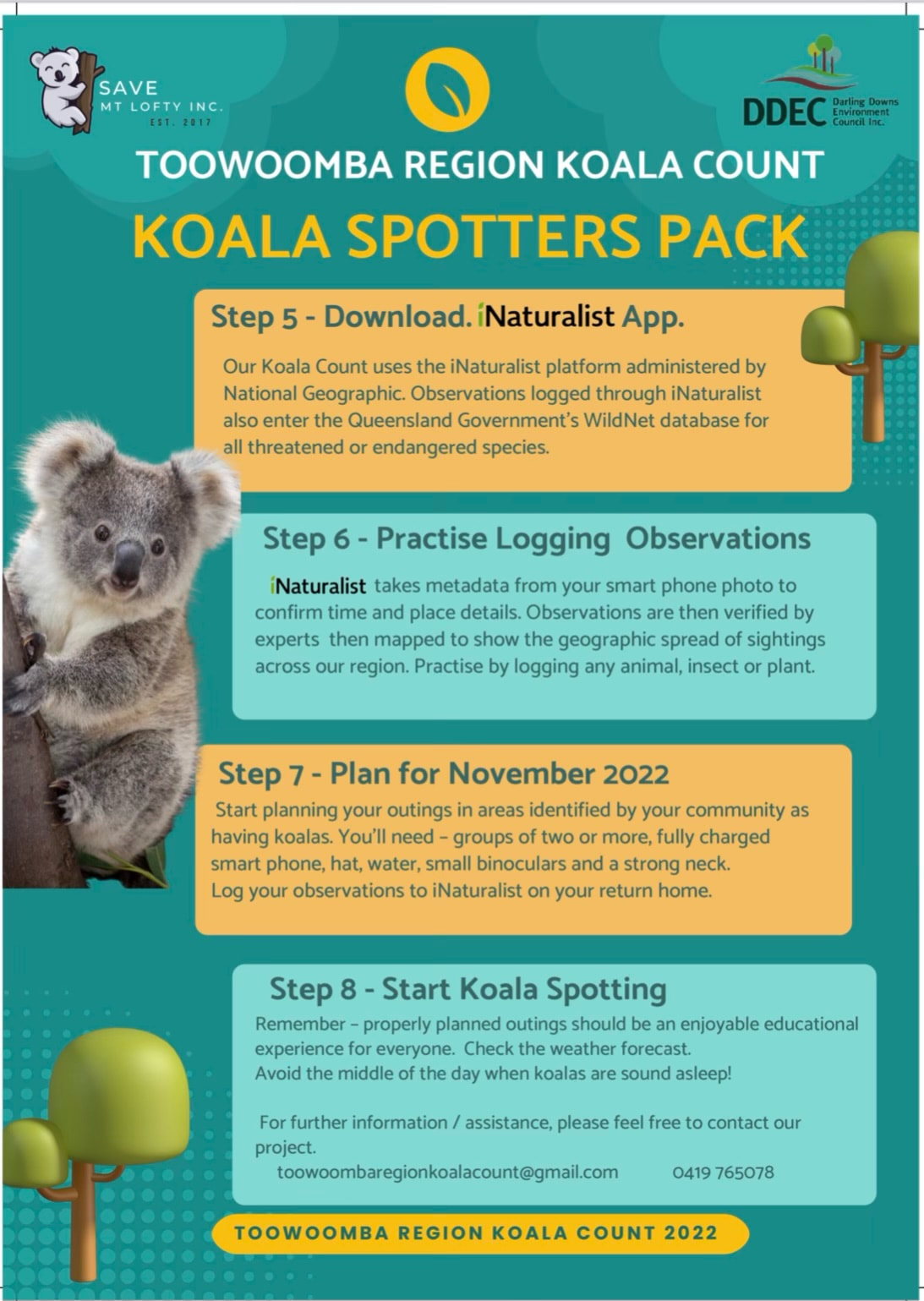 Thankyou to all participating and the organisers especially and happy koala spotting!
Toowoomba Koala & Wildlife Rescue www.toowoombakoalarescue.org SUPPORT THE CALL TO BAN GLUE TRAPS THAT CAUSE CRUEL DEATHS TO WILDLIFE Our friends Cat and Ed at Wild Animals Australia have launched a very important campaign to encourage Bunnings to remove the sale of sticky glue traps. These traps cause cruel deaths to any animal that becomes stuck on them. The traps are intended for pest rodent species, however many species of our native wildlife suffer cruel deaths and injuries from these traps. This campaign is important to share information to the public about what can happen, to those who might unwittingly purchase them. 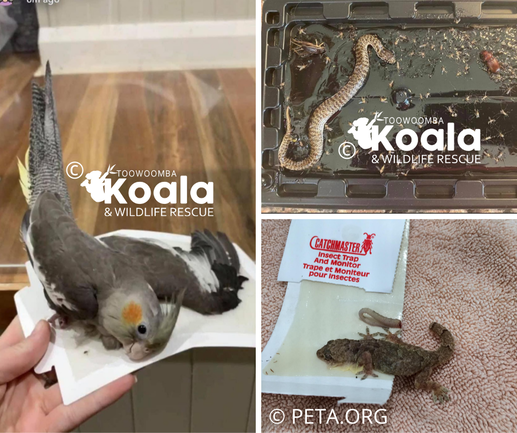 (L) Native Cockatiel Bird caught on Sticky Trap (Toowoomba Region), (Top R) Native DeVi's Banded Snake (aka Mud Adder) that had a slow painful death on a sticky trap (South Western Queensland). (Bottom R) Native Gecko on sticky trap (photo supplied peta.org). All images copyright to Toowoomba Koala and Wildlife Rescue. Trapped rodents and other animals suffer immeasurably during the days that it takes for them to die. Glue traps rip patches of skin, fur, and feathers off the animals’ bodies as they struggle to escape, and many animals even chew off their own legs trying to get free. (Peta.org) "One of the cruelest methods of killing animals that exists today is the glue trap. These devices consist of pieces of cardboard, fiberboard, or plastic coated with a sticky adhesive designed to ensnare any small animal who wanders across or lands on its surface." ~ Peta.Org. Toowoomba Koala and Wildlife Rescue fully support this campaign and is proud to share it and ask for your support by signing the petition. We have witnessed some horrendous cruel deaths and wildlife injuries from these traps over the years and some of the stories are so graphic and distrubing. Animals we have witnessed stuck on these traps include native geckoes, birds (including a two juvenile Superb Blue Wrens) & snakes. This campaign has gained a lot of public support and for further information you can view the articles below: WILD ANIMALS AUSTRALIA: https://www.facebook.com/wildanimalsaustralia/photos/a.424748984327523/2393699894099079/www.facebook.com/wildanimalsaustralia/photos/a.424748984327523/2393699894099079/ HUMANE SOCIETY INTERNATIONAL: www.humanesociety.org/resources/glue-boards PETA.ORG: https://www.peta.org/issues/wildlife/wildlife-factsheets/glue-traps/ DAILY TELEGRAPH: https://www.dailytelegraph.com.au/business/companies/barbaric-outrage-over-popular-product-sold-at-bunnings/news-story/23c48c5134ee98b62d2a7297cde2667e YAHOO NEWS: https://au.news.yahoo.com/bunnings-amazon-ebay-urged-phase-out-glue-traps-075110974.html "Glue traps might seem like a safe and easy solution to pest problems but in fact, they are one of the cruelest and most dangerous. Responsible for more suffering than virtually any other wildlife control product on the market." ~The Humane Society of America A huge 73% of incidents seen by the RSPCA concerning glue traps involved non-target species such as pets and other wild animals, many of which were too badly maimed and injured to survive.(RSPCAUK) A UK YouGov opinion poll commissioned found that over half of respondents said they either would not know what to do with a trapped animal or would recommend an action that risked committing an offence under animal welfare legislation. (The Humane Society International UK) This included 9% who suggested drowning and 6% who stated they would leave the animal to die on the trap or would throw the trap away with the live animal still attached. (The Humane Society International) "In advocating for wildlife and animal rights, we don’t always win the big battles. But this one can be won if enough of us get involved. No creature deserves this fate." ~ Cat & Ed from Wild Animals Australia. Thankyou for your support. Each signature can make a difference. Kind Regards Judi Gray Toowoomba Koala & Wildlife Rescue. Follow Wild Animals Australia on Facebook HERE Follow Toowoomba Koala & Wildlife Rescue on Facebook HERE On Saturday afternoon 6th March 2021 we were notified of mass Little Corella deaths on the road and road sides at Clifton, South East Queensland. A driver was travelling through the region from Brisbane and witnessed what he said were "hundreds of dead birds" all over the sides of the road in one section. Below is an account of our research so far, speaking with three reliable local sources, including two experienced people involved with wildlife rescue and care who live in the region and one long term local resident. SITUATION BACKSTORY: Clifton in South East Queensland (Toowoomba Region Council) is a strong agricultural region known for its crop and grain farming. Recently mass flocks of Little Corellas have made Clifton their home, with thousands of birds coming to feed on local sunflower and sorghum crops and drink from local water drains. This phenomenon has not been recorded in the Clifton region before and it is suspected that the birds have come in from western Queensland to find a reliable food and water source. The influx of birds has been a touchy subject for the town and farmers, as the birds are destroying their crops and therefore their income, this combined with a current mouse plague in the region has caused disaster for their income. The birds have also been witnessed chewing on electrical wires at local businesses and facilities causing extensive damage and some resulting in electrocution. Ergon Energy has attended various cases of power outages in Clifton caused by the birds. Local trees in the town have also been stripped by the birds, causing frustration for residents, making the current situation of trying to preserve the birds and create awareness, quite challenging. Grain transport trucks that cart the grain from nearby farms to storage facilities spill grain onto the roads and the birds have been coming to feed on this grain, along with the crops and grass seeds on the sides of the road. The birds are not moving off the road when cars approach and while some have been hit by accident, it has been reported that many locals have been witnessing vehicles speed up to hit the birds on purpose, taking out mass numbers and leaving injured and suffering birds in their wake. There is no evidence of disease as a cause for this situation. RESEARCH: I made contact with the only registered Wildlife Carer in Clifton to find out more. She had been bought a few injured Corellas over the last few weeks, but had not witnessed the mass deaths that were reported. She immediately did some local research and attended the location on Saturday afternoon 6th March and counted 80 dead birds on the roadsides - all fresh deaths from road trauma. She again attended on the following day and counted another 15 new deaths. Speaking to local residents, they have witnessed drivers who were driving at regular speeds, increase their speed as they approach the birds killing many. They believe that the locals are frustrated with the birds destroying their town and crops and have resorted to retaliating in this cruel way. We understand however, that some birds are accidently hit as the birds fly low across the road and are hard to avoid. Another experienced local wildlife rescue volunteer that I spoke to today said that some of the injured birds she has rescued were not just Little Corellas, but also Sulphur-crested Cockatoos, Galah's and Magpies. All birds were taken to a vets but had to be euthanized due to their extensive injuries. In one trip the wildlife rescue volunteer had to stop three times to collect injured birds in one short section of road. She is kindly checking the area at least three days a week, as are other local residents in their travels. AFFECTS OF POISION FROM MOUSE BAIT The Clifton area, along with the Darling Downs has been largely affected by a severe mouse plague over the last few months. The situation is very hard to control and this has resulted in the use of baiting and also baited crops also baiting on vegetable farms. A local wildlife rescue volunteer has rescued many birds that have suffered the debilitating effects of eating grain poisoned with "mouse off bait". These birds have all been taken to a vets where they have had to have been euthanized. ACTION: Monday 08th March 2021 We had to wait until Monday to make the necessary calls to various departments to try and create some awareness and action. I have also spoken again today with two local residents who are doing what they can to assist with the situation. Thus far, this is what action we have taken to try to help.
WHAT CAN YOU DO IF YOU FIND AN INJURED BIRD IN CLIFTON
Should you come across an injured Little Corella or native bird from road trauma or possible rat-bait in the Clifton Region, we ask that you do what you can to help it. By carrying an old towel and a box in your car or a small pet transport cage, this will help with getting the bird to help easily. Please do not try to care for the bird yourself, it needs to be passed onto either a vet or a registered wildlife carer.
WHAT SHOULD YOU DO IF YOU WITNESS VEHICLES SPEEDING UP TO HIT BIRDS ON PURPOSE AT CLIFTON?
Thank you Judi Gray Toowoomba Koala and Wildlife Rescue I have received a phone call this afternoon from a friend that works at TMR informing me of the planned upcoming trimming and removal of dead or dying trees on the New England Highway Toowoomba Region, from Mt Kynoch to Hampton. This will include trimming of the 500+ year old Eucalyptus Saligna in the centre of Hampton which has suffered terrible die-back during the long drought. I have spoken extensively with TMR staff and have been reassured that Registered Wildlife Fauna Catchers will be on site for the period of the tree works. I have offered assistance of our network of wildlife carers, should any animals need to come into care. I have also voiced my concerns about hollow dwelling species not being "let go" to find their own place to live and the precarious outcomes should this happen. I informed TMR about the possible presence of vulnerably listed Greater Gliders. We are waiting to confirm which wildlife spotter company will be in attendance. Three separate arborists have conduced the assessment of the trees and as much as possible will be done to retain tree hollows and wildlife habitat. We thank TMR for contacting us regarding this upcoming work so we can reassure local residents regarding the preservation of any wildlife and wildlife habitat that may be encountered. Full press release below, shared with permission. Judi Gray Toowoomba Koala and Wildlife Rescue.
ANIMAL NAME: Mia #2 SPECIES: Koala (Adult Female) RESCUE DETAILS: Rescued by K Silk, My Bush Babies Australia, Toogoolawah Qld, January 2021 HOSPITAL/VET: RSPCA Wildlife Hospital REHABILITATION DETAILS: Currently undergoing Final Tree Rehabilitation at Toowoomba Koala and Wildlife Rescue RELEASE DETAILS: TBA Koala "Mia #2" is currently in her last phase of rehabilitation at Toowoomba Koala and Wildlife Rescue's koala rehabilitation facilities, where she is gaining strength climbing trees in the outdoor treed enclosure. Poor "Mia 2" is lucky to be alive, after she and her back-rider joey baby were hit by a car earlier this year. Kathy from My Bush Babies Australia promptly attended the rescue of both Mia and her joey, but unfortunately her beautiful baby did not survive the serious car trauma. You can just only imagine what an emotional scene this rescue would have been for Kathy. "Mia 2" was rushed to the wildlife hospital where she received treatment for wounds, eye abrasions, facial injuries and bruising amongst other issues. Mia is a gentle soul and now that she has almost fully recovered, she now needs to regain her strength after her time in hospital so that she is fit and strong to return to the wild. She will continue to be monitored to ensure she doesn't suffer any set-backs. She has adapted well to the rehabilitation facilities and has proven very difficult to photograph, as as soon as she sees me coming, she scoots up to the very top of her favourite tree. KEEP UP WITH THE LATEST FROM TKWR
This week the Australian Government has been in a complicated feud with Facebook and Google resulting in Facebook suspending all news, journalists and some non for profit organization pages. It is unknown at this stage how this ban will affect Australian users of the social media profile long term, however if the ban spreads to all organization pages, it will be a big loss for our followers of Toowoomba Koala and Wildlife Rescue. There are rumours of the social media profile being banned altogether in Australia, which is very concerning for us, as a large number of our wildlife rescue calls for koalas & wildlife needing help come through our facebook profile.
To ensure we can still share Koala and Wildlife Rescue Stories with you, we have set up a email newsletter platform. We promise not to spam you with emails at all, it is purely a back-up of a way we can send the koala story updates from our blog to our followers should our social media sites go down. (we really hope they don't). You can subscribe to the Koala Stories here: http://eepurl.com/hq0zIb or on the Contact Tab of our website. Other ways you can follow us for continued updates are on Twitter: www.twitter.com/koala_rescue You can also connect with us on our personal Instagram: www.instagram.com/judi_gray www.instagram.com/crocsstillrule We are very grateful for your support and for following our journey with Koala and Wildlife Rescue and Rehabilitation in the Toowoomba Region. The TKWR Team 🐨 Little Koala “ARCHIE” & his mum 🤷🏻♀️ “RUBY” recently caused a delay in electricity re-connection to the area of Hampton. 😬 🌳 The two koalas moved in on site overnight to an area where Ergon Energy was trimming tree branches required to re-connect the electricity. The Ergon team arrived onsite early in the morning to discover the two koalas had taken up residence in a most in-convenient spot! Ergon called Brendon to attend and he was able to go up in the bucket and retrieve the two koalas from the trees safely. Mrs Koala “Ruby” was not impressed at all, however little “Archie” was more cooperative. 🤣 Both koalas were in beautiful heathy condition and we were able to move them just down the road a bit, away from the electrical works, but still in beautiful habitat. They both launched up the tree on release and soon started eating. Cute release video to come. 🙏 We would like to thank Ergon for all they do to ensure any wildlife they come across during their work in our region is safe and for their commitment to retaining natural old growth habitat in our area. We are grateful to have worked with them on many rescues and projects over the years. Such a great team of people, and how good is it being able to use a bucket-lift for rescues! We wish we could have one of those on hand all the time! KEEP UP WITH THE LATEST FROM TKWR
ANIMAL NAME: Drew SPECIES: Koala (Juvenile Male) RESCUE DETAILS: Rescued by B & J Gray, TKWR at Goombungee Qld, February 2020 HOSPITAL/VET: Australia Zoo Wildlife Hospital REHABILITATION DETAILS: Rehabilitation by Queensland Koala Society RELEASE DETAILS: December 2020, Goombungee Qld 🐨 “DREW” returns to the wild 💕. Earlier last year we rescued an orphaned juvenile male koala that we named “Drew”. After receiving medical treatment at Australia Zoo Wildlife Hospital he went on to be raised by Angela at Queensland Koala Society Inc, where he had lots of little koala friends his own age to play with. 🌳 We recently had the pleasure of returning ‘Drew’ back to his bushland home. He climbed really well and after a bit of exploring, started to eat. The property owners have spotted him a few times since his release, which is great news. These are a couple cute photos of him pausing to look around after he was released back to his home. 🥰 Good luck Drew! KEEP UP WITH THE LATEST FROM TKWR |
AuthorJudi Gray - Toowoomba Koala and Wildlife Rescue Archives
July 2023
Categories
All
|
||||||
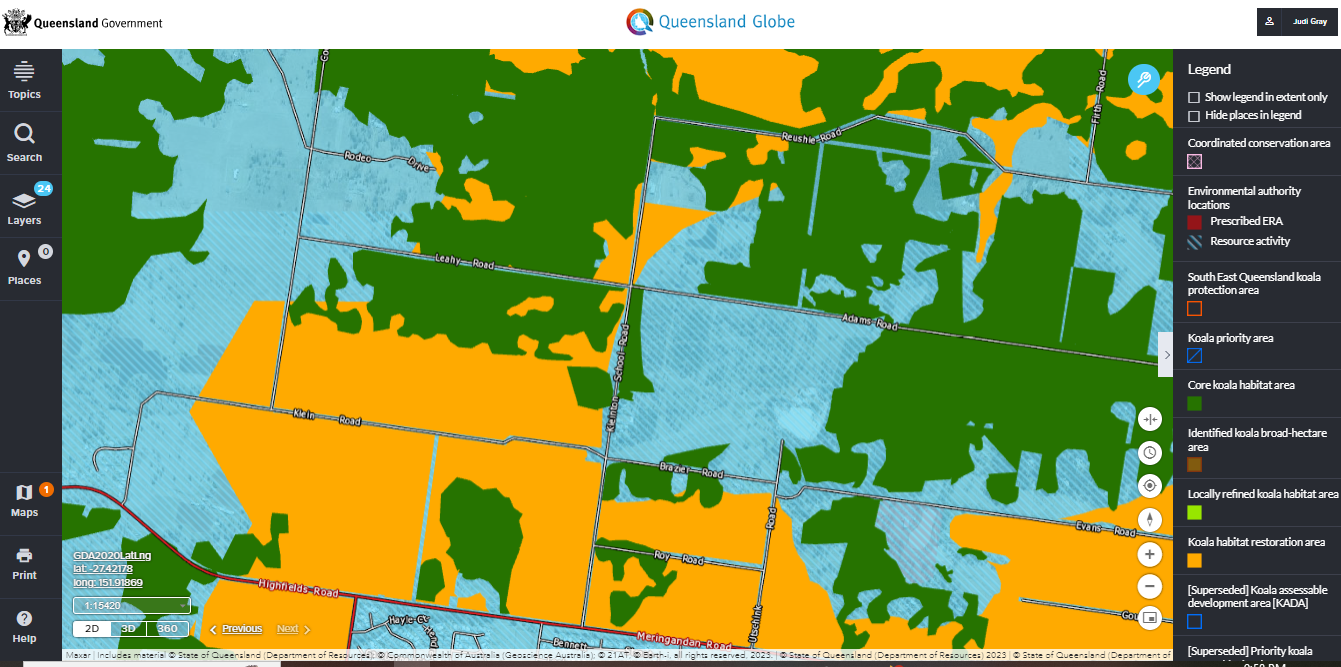
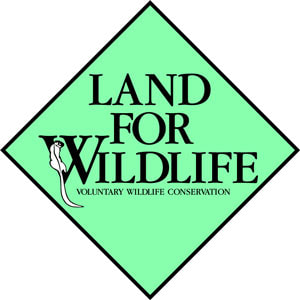
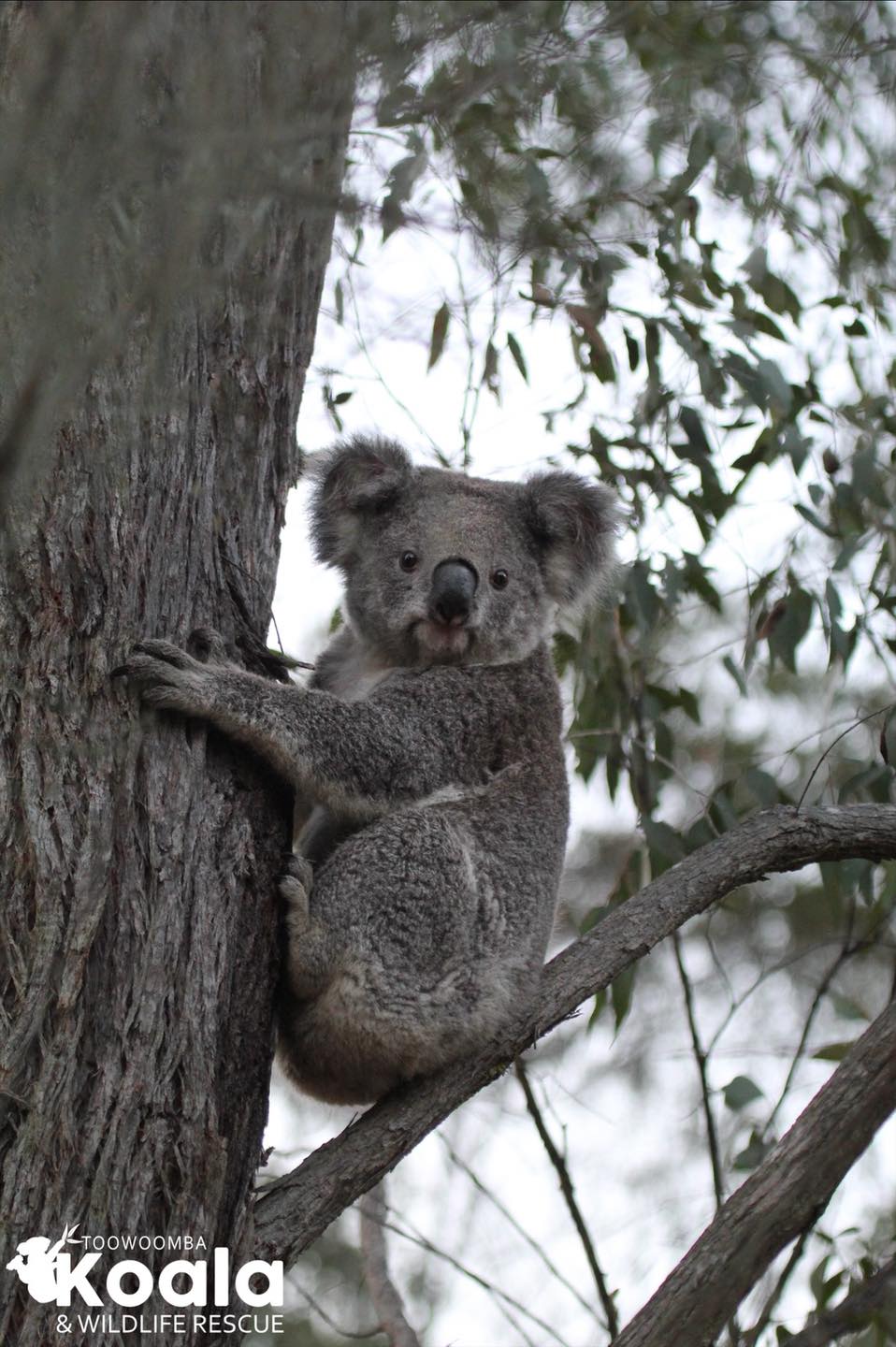
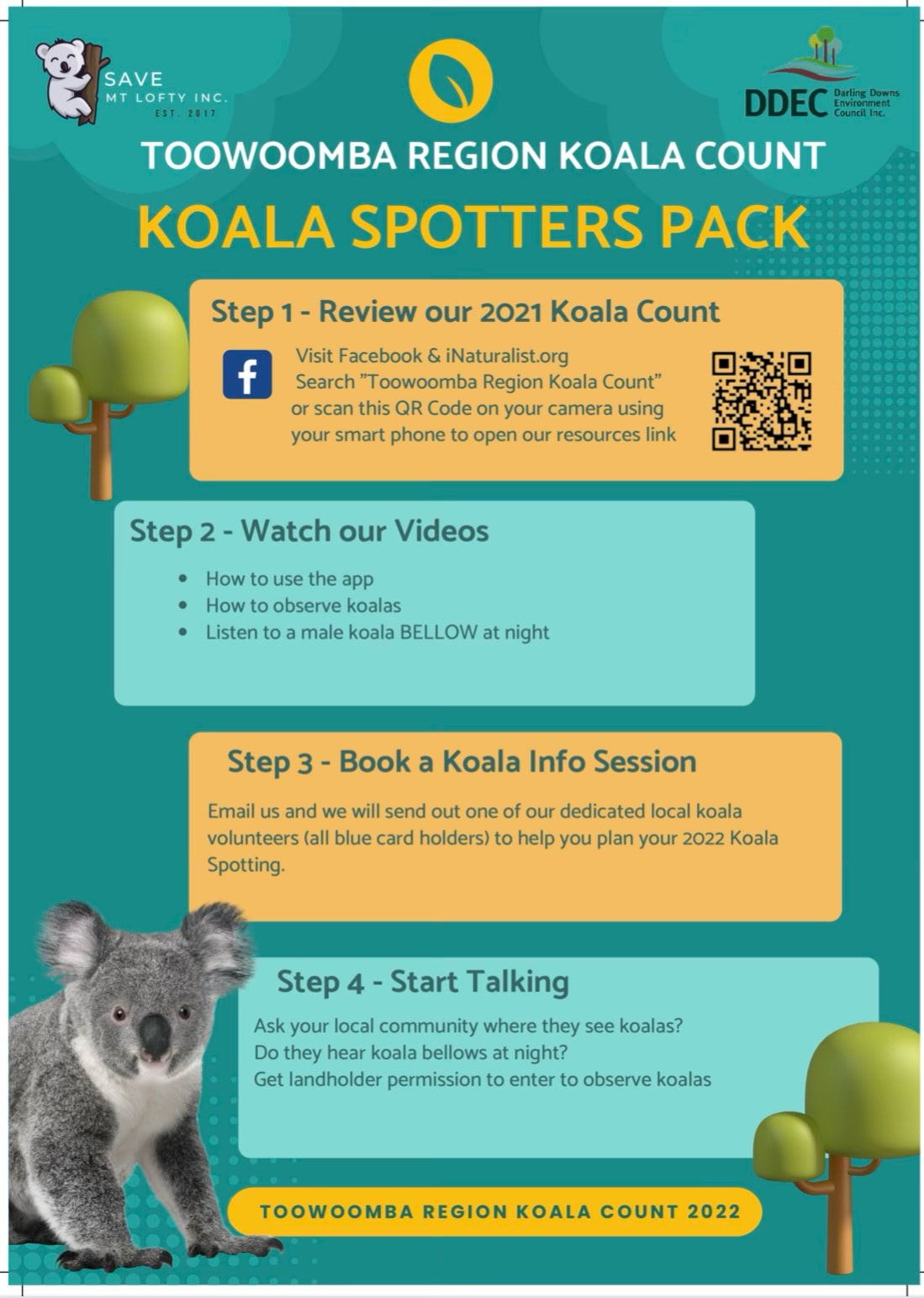
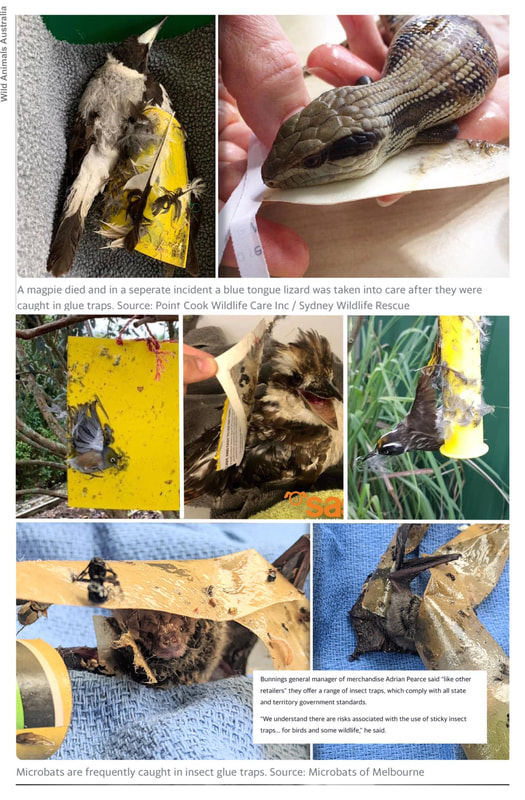
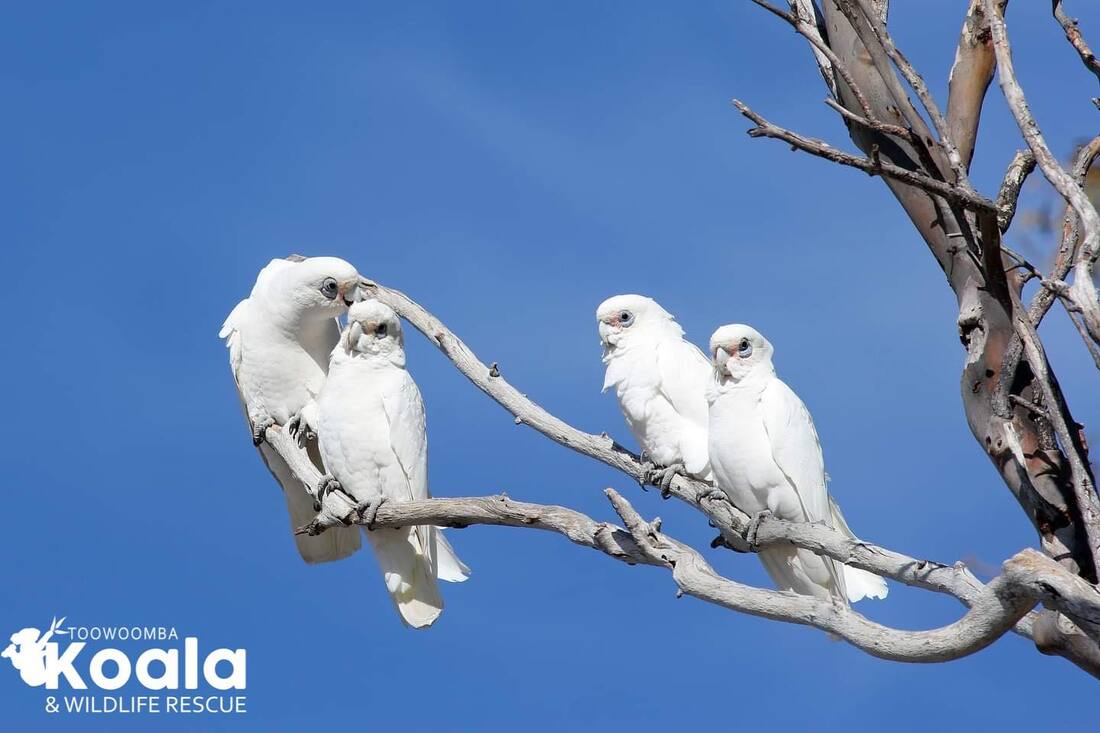
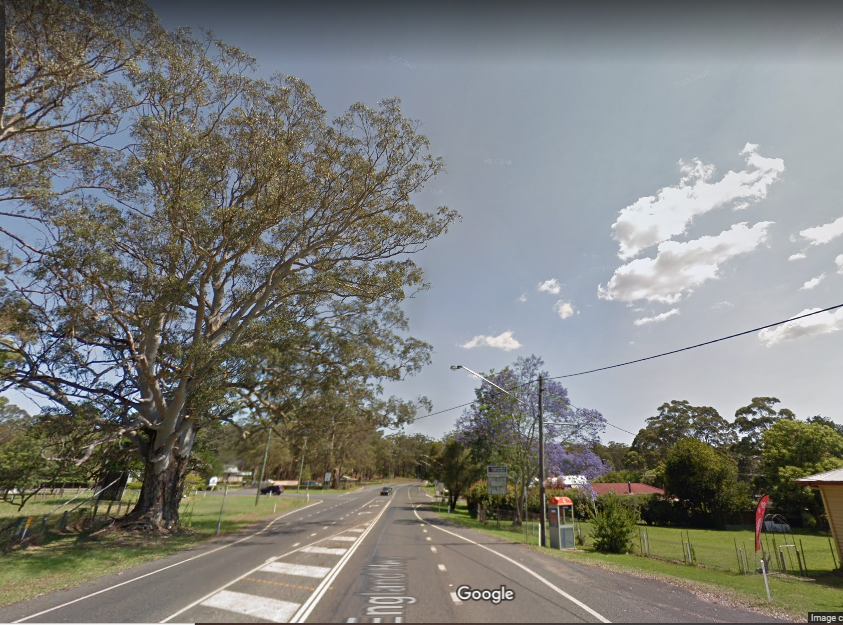
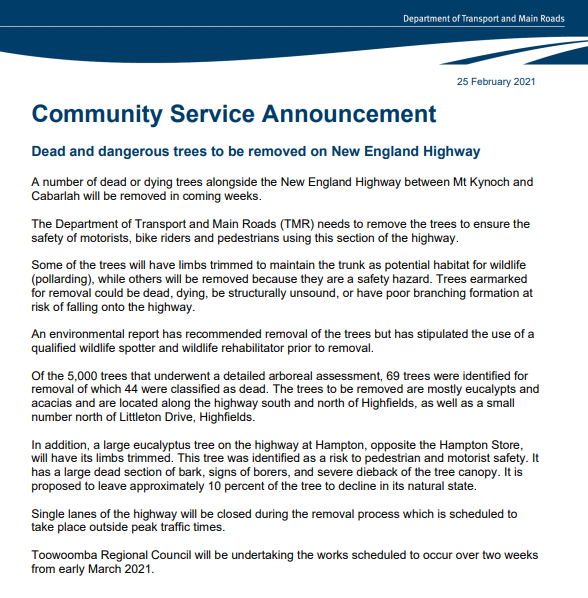
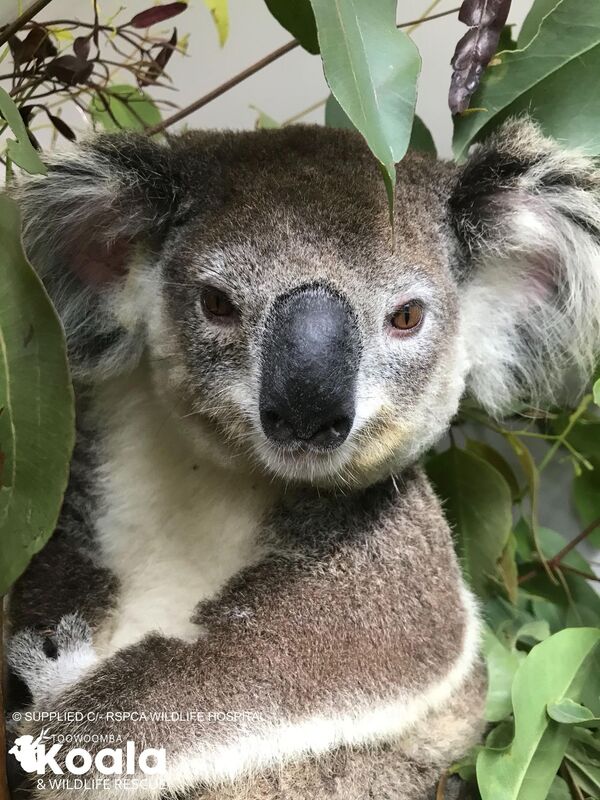
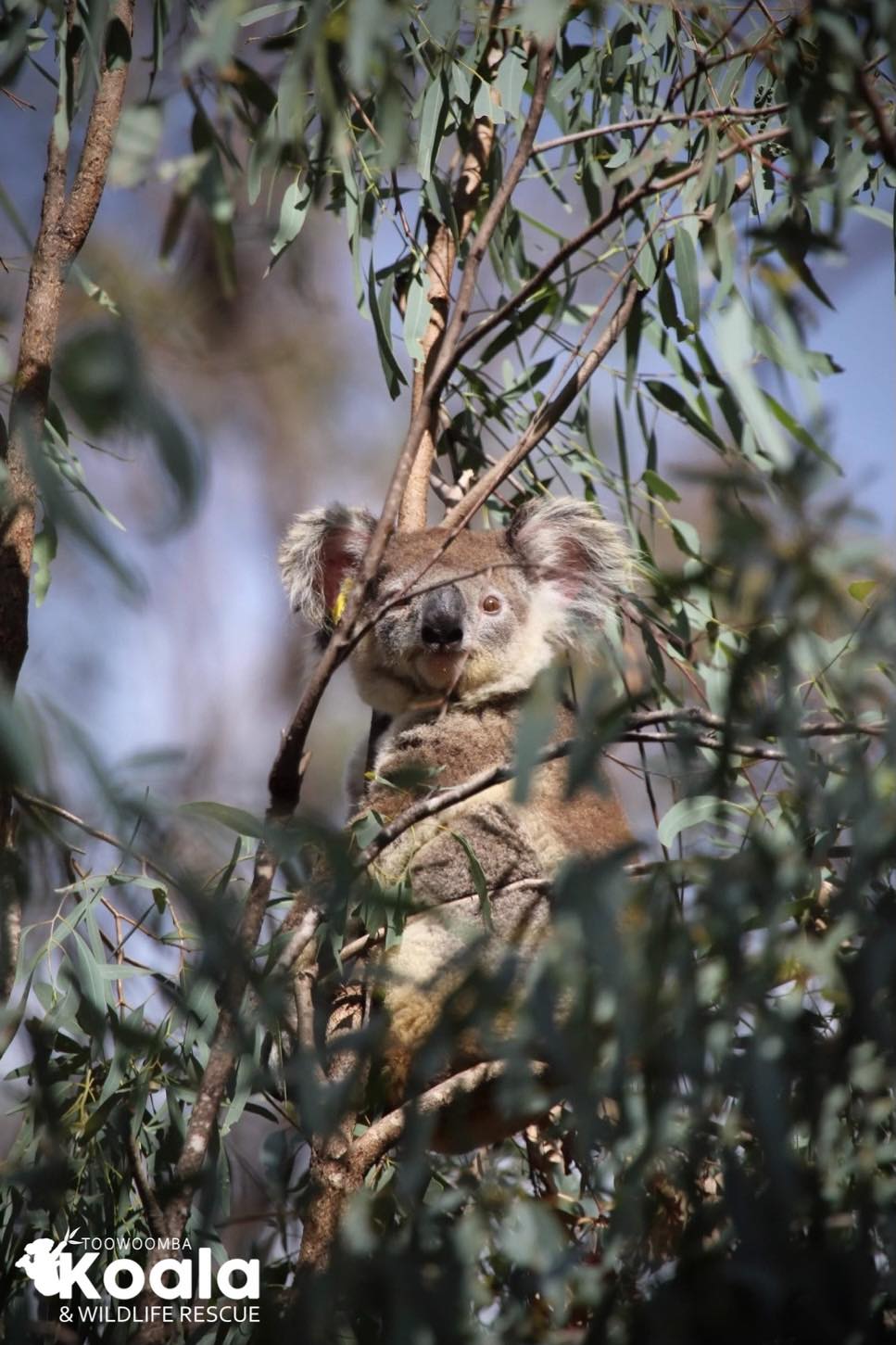
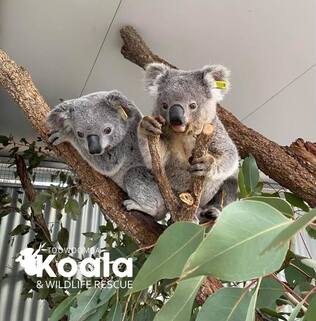
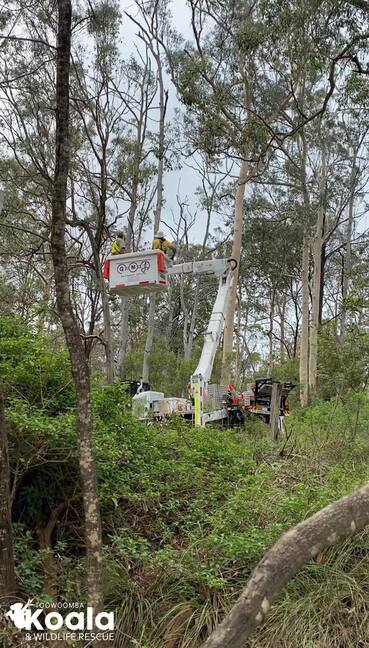

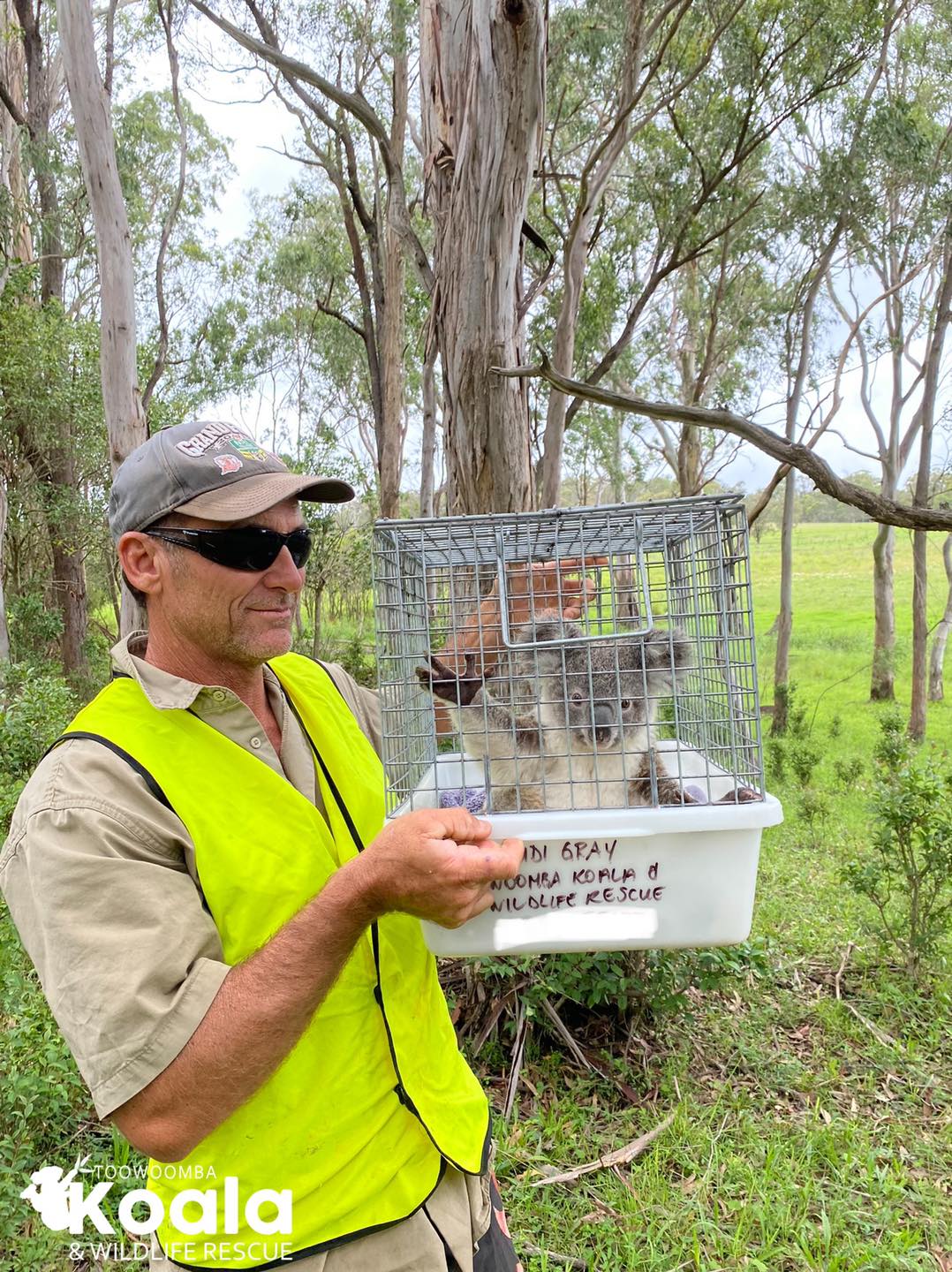
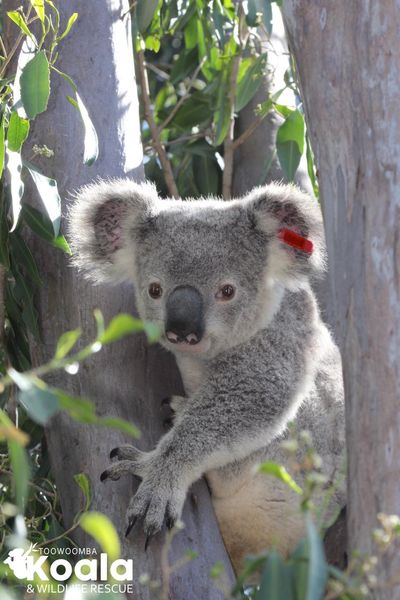
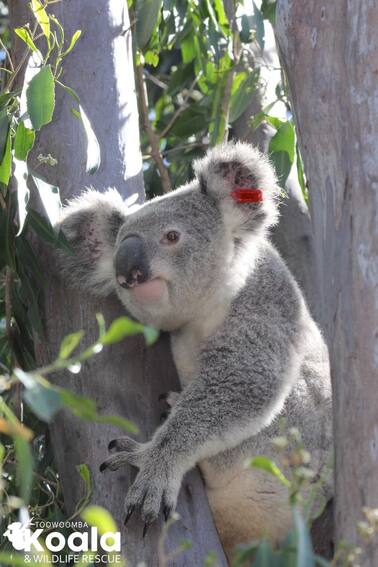
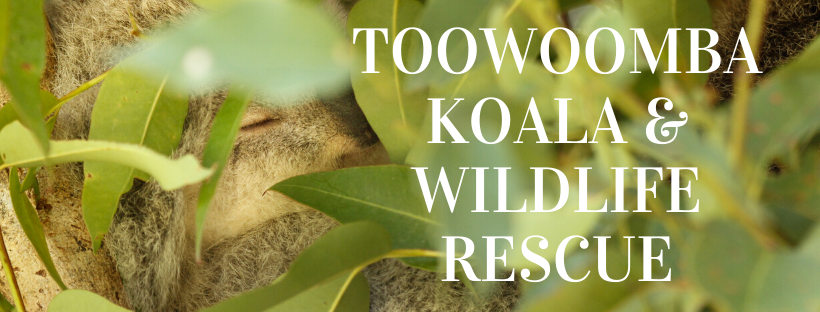
 RSS Feed
RSS Feed
